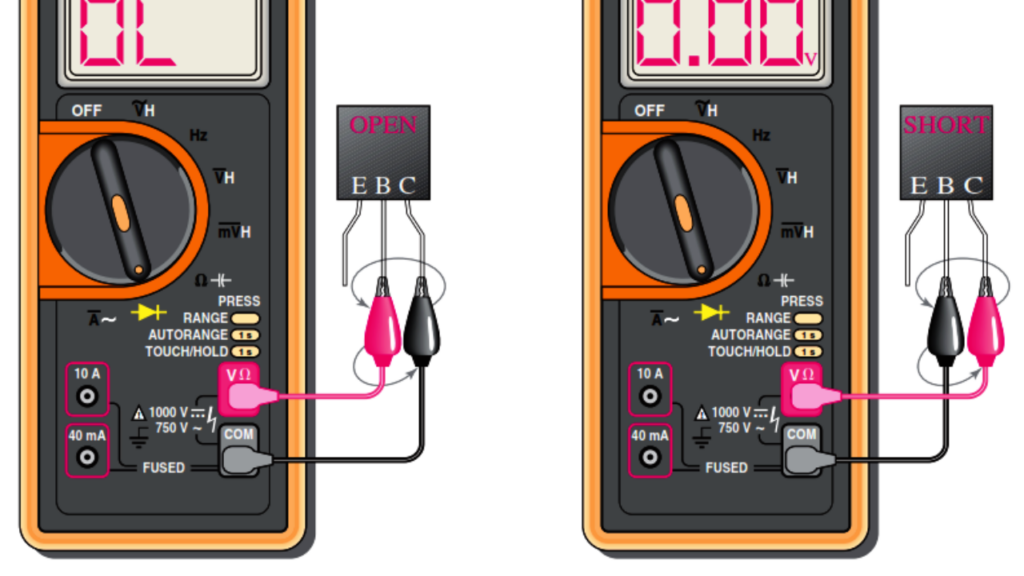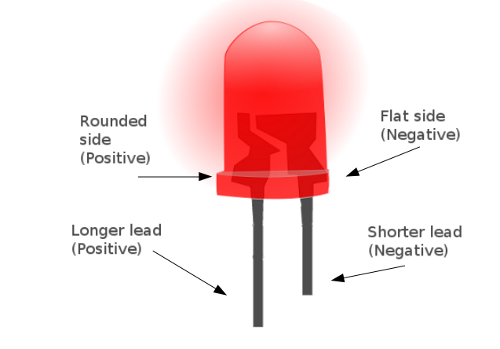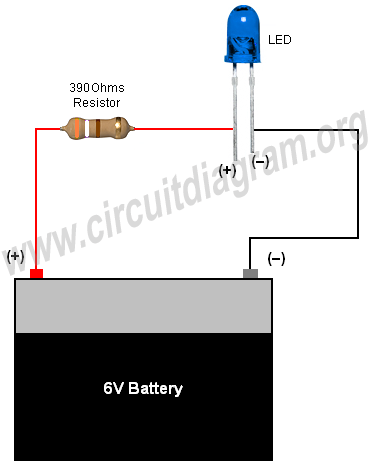How to test a transistor with a multimeter?
Transistors are crucial components in electronic circuits, and testing them is essential to ensure they are functioning correctly. A multimeter is a versatile tool that can be used to test transistors quickly and efficiently. In this article, we will guide you through the process of testing a transistor with a multimeter.
Types of transistors
There are two main types of transistors: bipolar junction transistors (BJTs) and field-effect transistors (FETs). BJTs are further divided into NPN and PNP transistors, while FETs can be either JFETs or MOSFETs. Each type of transistor has specific characteristics and requires different testing methods.
Testing a bipolar junction transistor (BJT)
To test an NPN or PNP BJT with a multimeter, follow these steps:
- Set your multimeter to the diode test mode.
- Place the red probe on the base (B) of the transistor and the black probe on the emitter (E).
- Check the forward bias voltage reading on the multimeter. For an NPN transistor, you should see a voltage drop of around 0.6-0.7V, while for a PNP transistor, the reading will be reversed.
- Switch the probes and place the red probe on the base (B) and the black probe on the collector (C).
- Again, check the voltage reading on the multimeter. You should see a similar voltage drop as before.
Testing a field-effect transistor (FET)
To test a JFET or MOSFET with a multimeter, follow these steps:
- Set your multimeter to the diode test mode.
- Place the red probe on the gate (G) of the transistor and the black probe on the source (S).
- Check the voltage reading on the multimeter. For a JFET, you should see a reading similar to an open circuit, while for a MOSFET, the reading will be reversed.
- Switch the probes and place the red probe on the gate (G) and the black probe on the drain (D).
- Check the voltage reading again. The reading should be similar to the previous one.
By following these steps, you can quickly and effectively test a transistor using a multimeter. Remember to refer to the datasheet of the transistor for specific characteristics and test procedures. If you encounter any discrepancies in the readings, it may indicate a faulty transistor that needs to be replaced.
Conclusion
Testing transistors with a multimeter is a straightforward process that can help you diagnose circuit issues and ensure the proper functioning of electronic devices. By understanding the different types of transistors and their testing methods, you can confidently test and troubleshoot circuits with ease.
How to test a transistor with a multimeter?
Transistors are crucial components in electronic circuits, and testing them is essential to ensure they are functioning correctly. A multimeter is a versatile tool that can be used to test transistors quickly and efficiently. In this article, we will guide you through the process of testing a transistor with a multimeter.
Types of transistors
There are two main types of transistors: bipolar junction transistors (BJTs) and field-effect transistors (FETs). BJTs are further divided into NPN and PNP transistors, while FETs can be either JFETs or MOSFETs. Each type of transistor has specific characteristics and requires different testing methods.
Testing a bipolar junction transistor (BJT)
To test an NPN or PNP BJT with a multimeter, follow these steps:
- Set your multimeter to the diode test mode.
- Place the red probe on the base (B) of the transistor and the black probe on the emitter (E).
- Check the forward bias voltage reading on the multimeter. For an NPN transistor, you should see a voltage drop of around 0.6-0.7V, while for a PNP transistor, the reading will be reversed.
- Switch the probes and place the red probe on the base (B) and the black probe on the collector (C).
- Again, check the voltage reading on the multimeter. You should see a similar voltage drop as before.
Testing a field-effect transistor (FET)
To test a JFET or MOSFET with a multimeter, follow these steps:
- Set your multimeter to the diode test mode.
- Place the red probe on the gate (G) of the transistor and the black probe on the source (S).
- Check the voltage reading on the multimeter. For a JFET, you should see a reading similar to an open circuit, while for a MOSFET, the reading will be reversed.
- Switch the probes and place the red probe on the gate (G) and the black probe on the drain (D).
- Check the voltage reading again. The reading should be similar to the previous one.
By following these steps, you can quickly and effectively test a transistor using a multimeter. Remember to refer to the datasheet of the transistor for specific characteristics and test procedures. If you encounter any discrepancies in the readings, it may indicate a faulty transistor that needs to be replaced.
Conclusion
Testing transistors with a multimeter is a straightforward process that can help you diagnose circuit issues and ensure the proper functioning of electronic devices. By understanding the different types of transistors and their testing methods, you can confidently test and troubleshoot circuits with ease.



